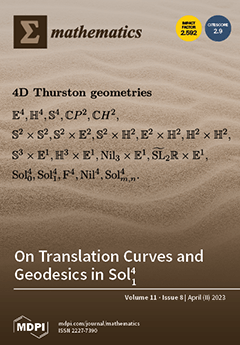In the frame of fractional calculus, the term convexity is primarily utilized to address several challenges in both pure and applied research. The main focus and objective of this review paper is to present Hermite–Hadamard (H-H)-type inequalities involving a variety of classes of convexities pertaining to fractional integral operators. Included in the various classes of convexities are classical convex functions,
m-convex functions,
r-convex functions,
-convex functions,
-geometrically convex functions, harmonically convex functions, harmonically symmetric functions, harmonically
-convex functions,
m-harmonic harmonically convex functions,
-convex functions, arithmetic–geometric convex functions, logarithmically convex functions,
-logarithmically convex functions, geometric–arithmetically
s-convex functions,
s-convex functions, Godunova–Levin-convex functions, differentiable
-convex functions,
-convex functions,
-convex functions,
p-convex functions,
h-convex functions,
-convex functions, exponential-convex functions, exponential-type convex functions, refined exponential-type convex functions,
n-polynomial convex functions,
-convex functions, modified
-convex functions, co-ordinated-convex functions, relative-convex functions, quasi-convex functions,
-convex functions, and preinvex functions. Included in the fractional integral operators are Riemann–Liouville (R-L) fractional integral, Katugampola fractional integral,
k-R-L fractional integral,
-R-L fractional integral, Caputo-Fabrizio (C-F) fractional integral, R-L fractional integrals of a function with respect to another function, Hadamard fractional integral, and Raina fractional integral operator.
Full article





